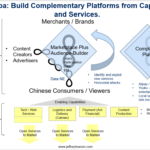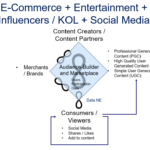I keep an eye on the larger moves by Alibaba. Not the constant stream of announcements and endless initiatives but the larger strategic moves that I think will change the trajectory of the company. This usually means talking with management when I can and following the investor days. A couple of years ago, Maggie Wu […]








